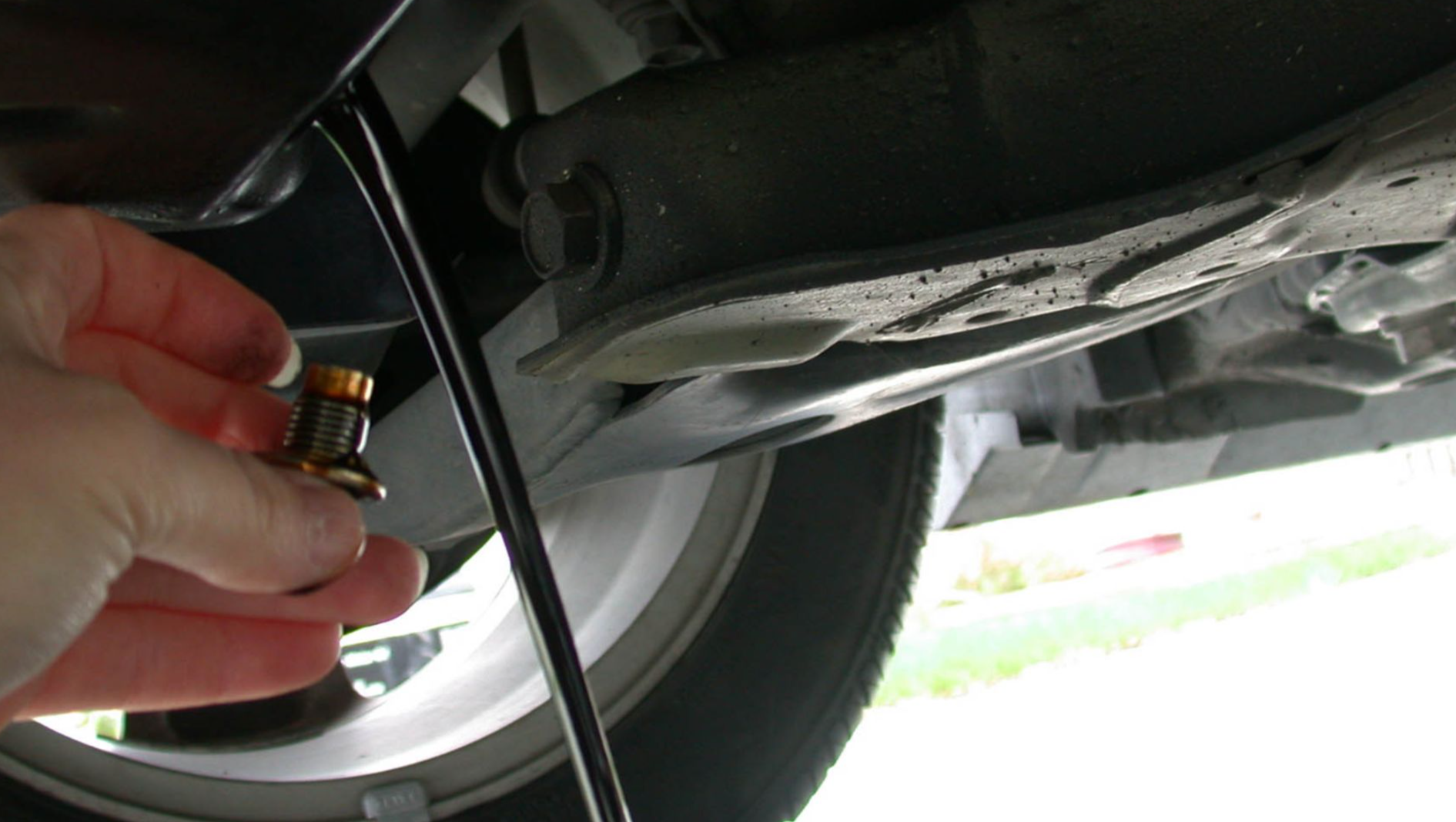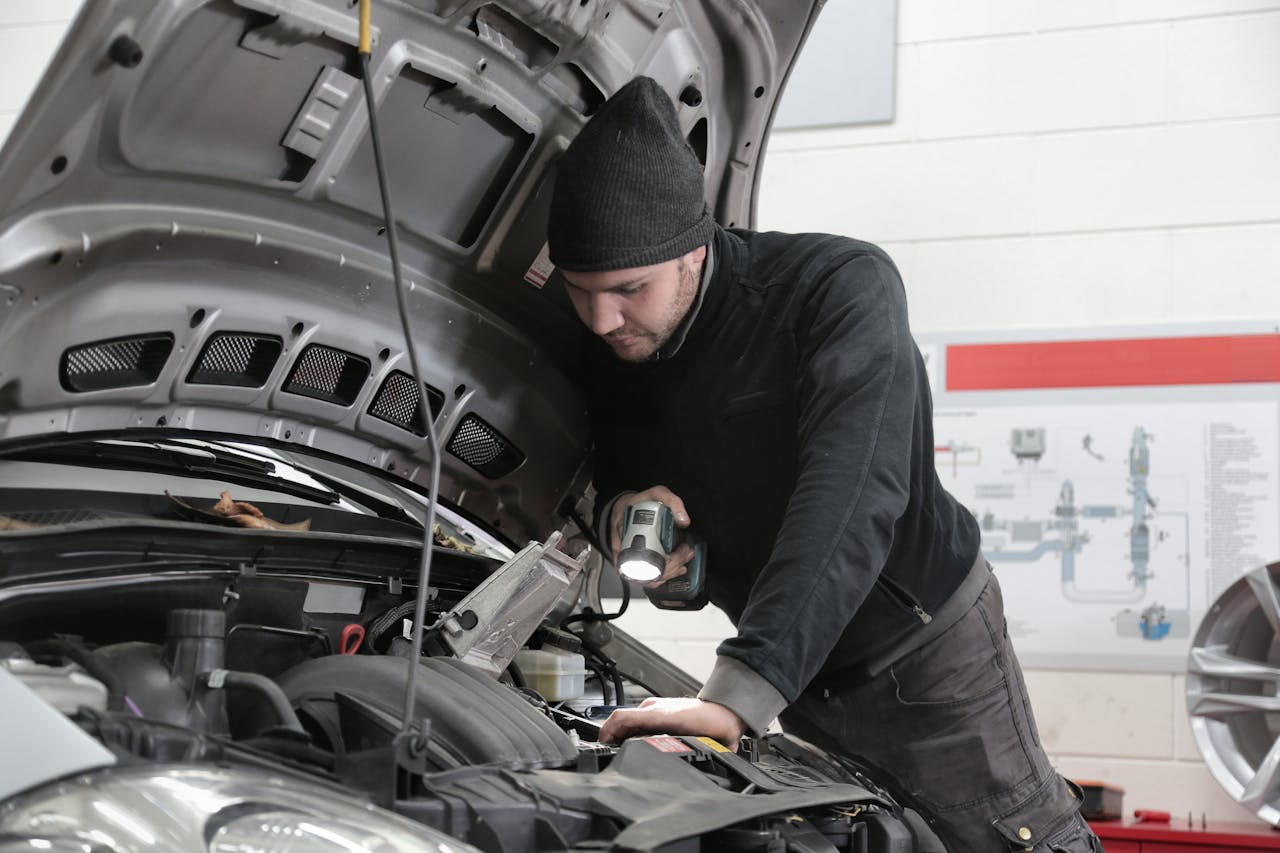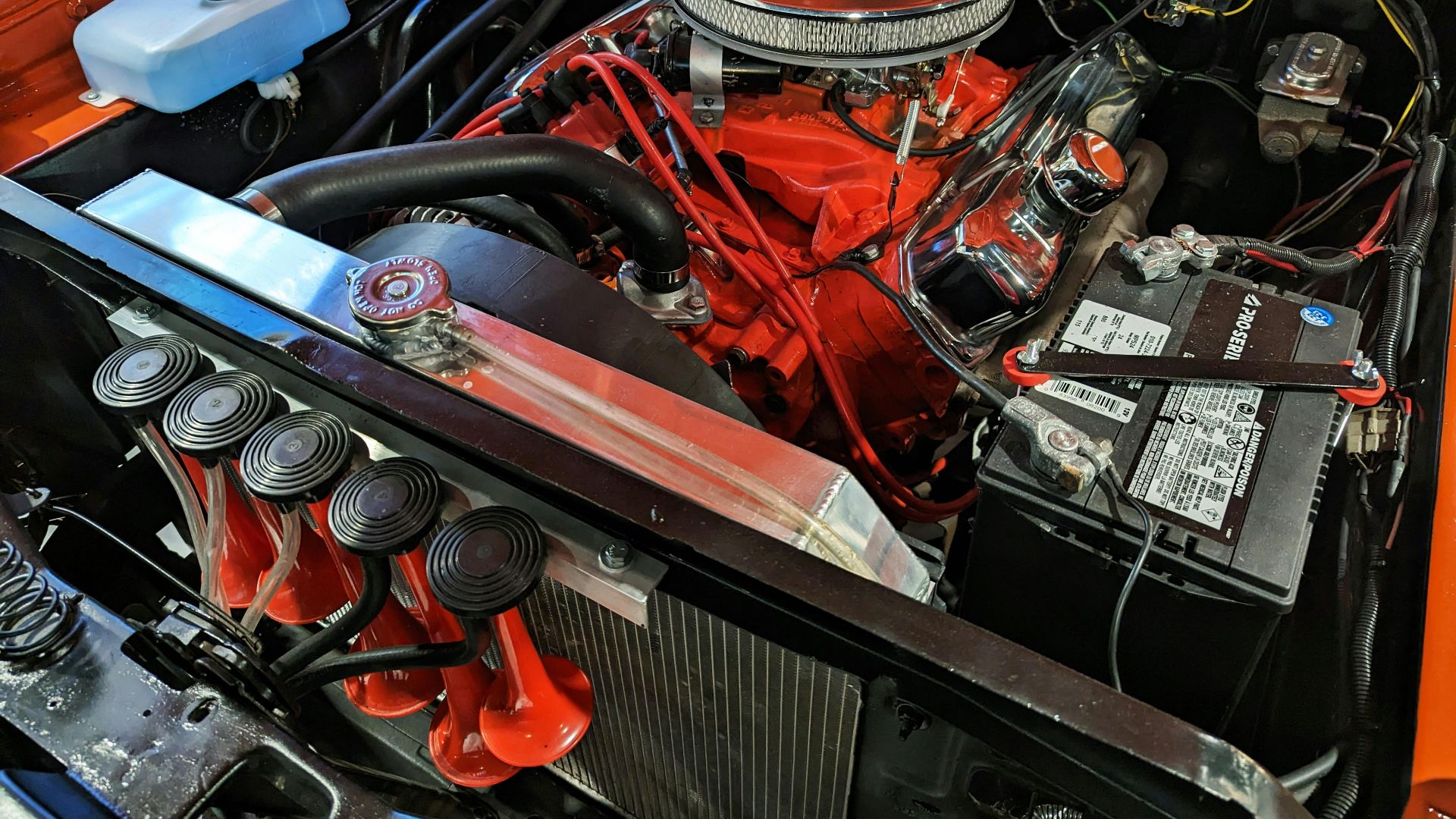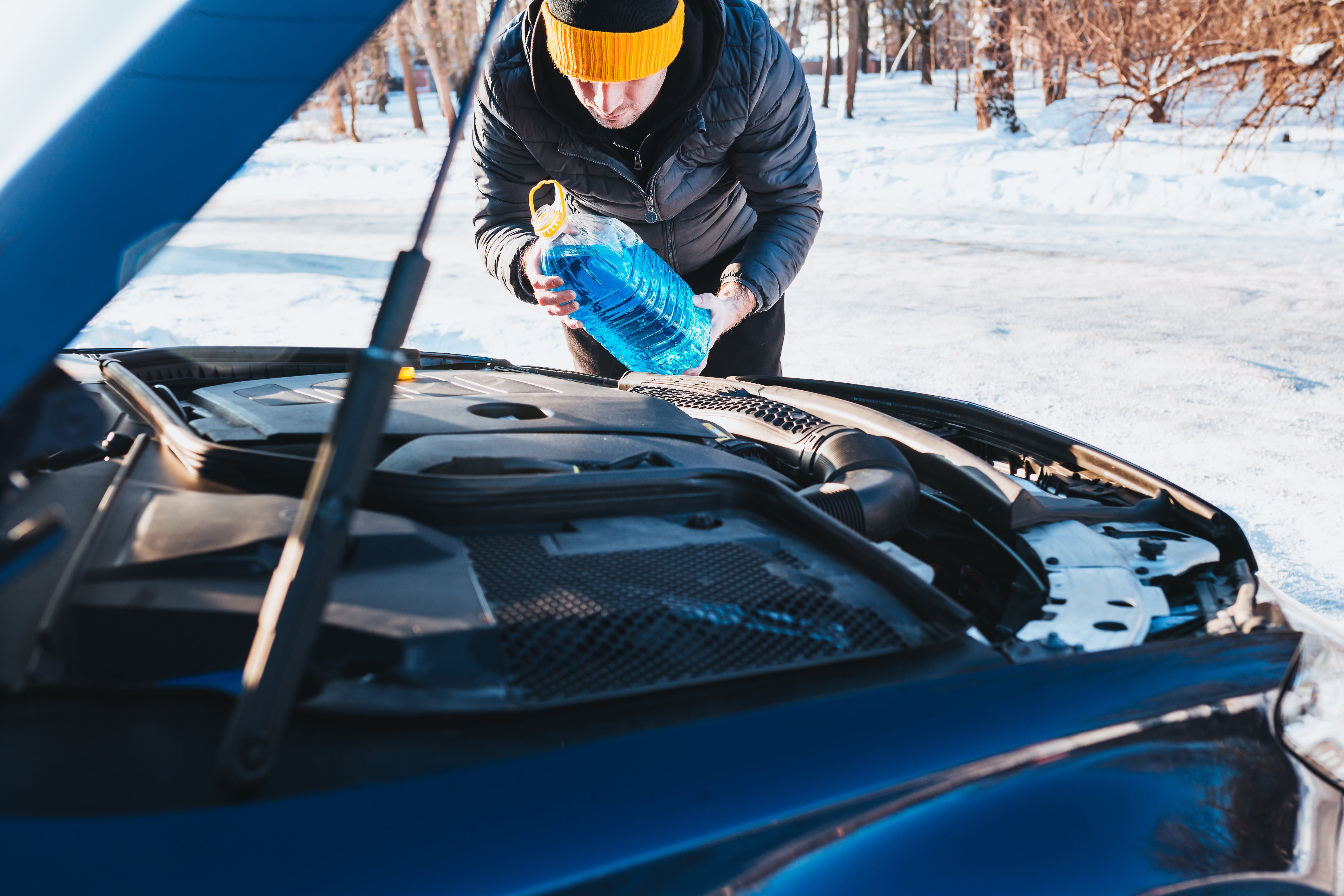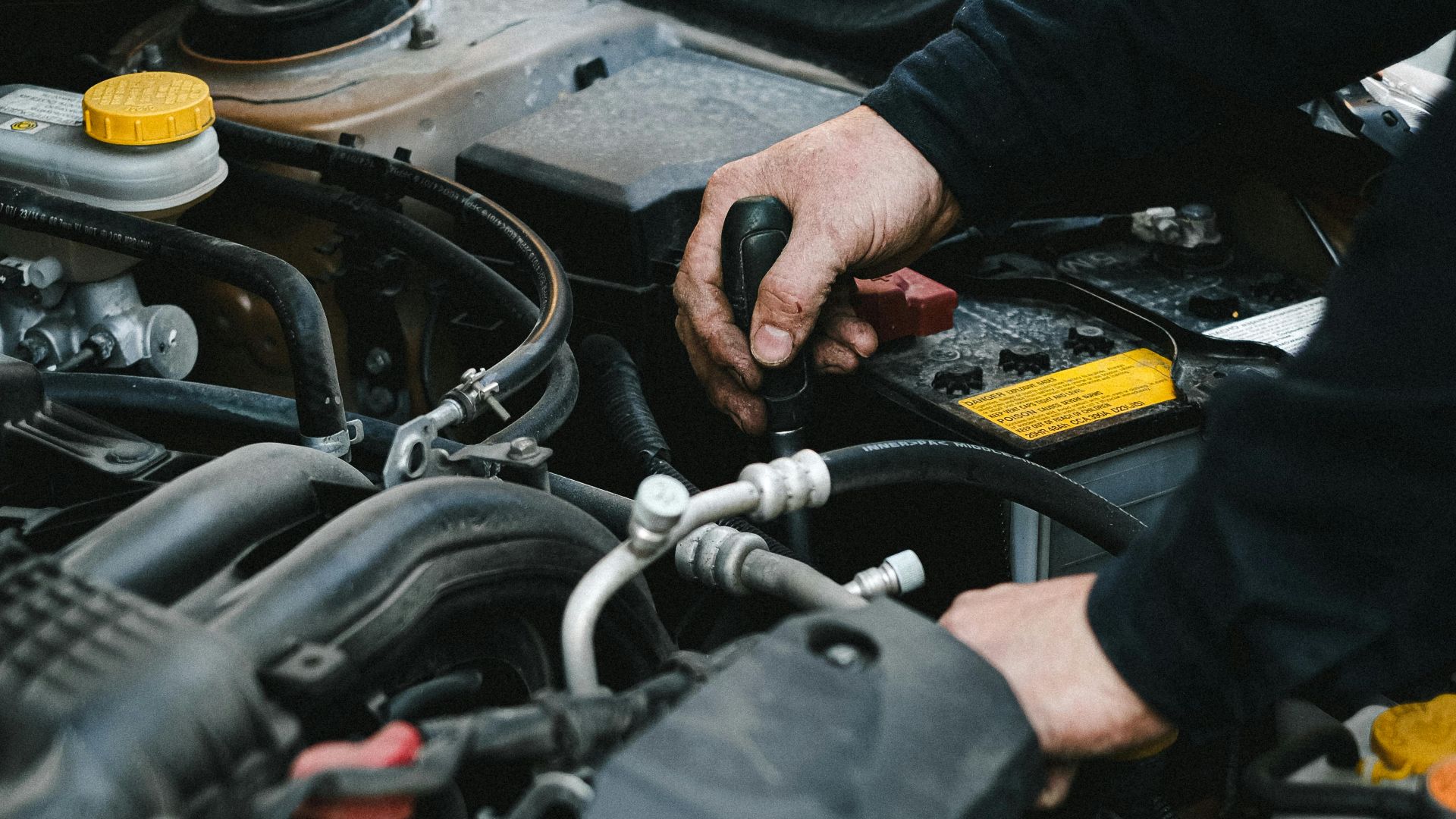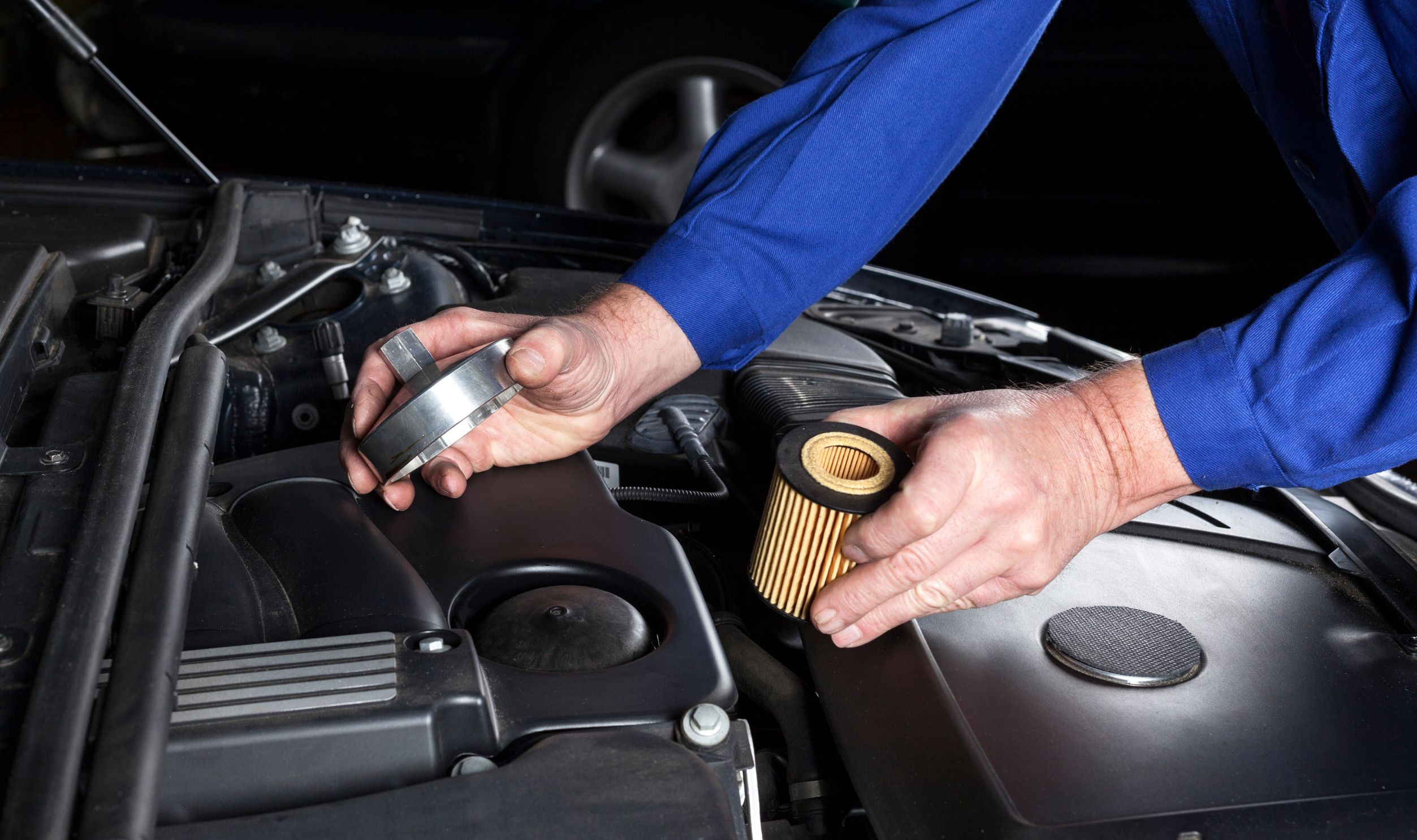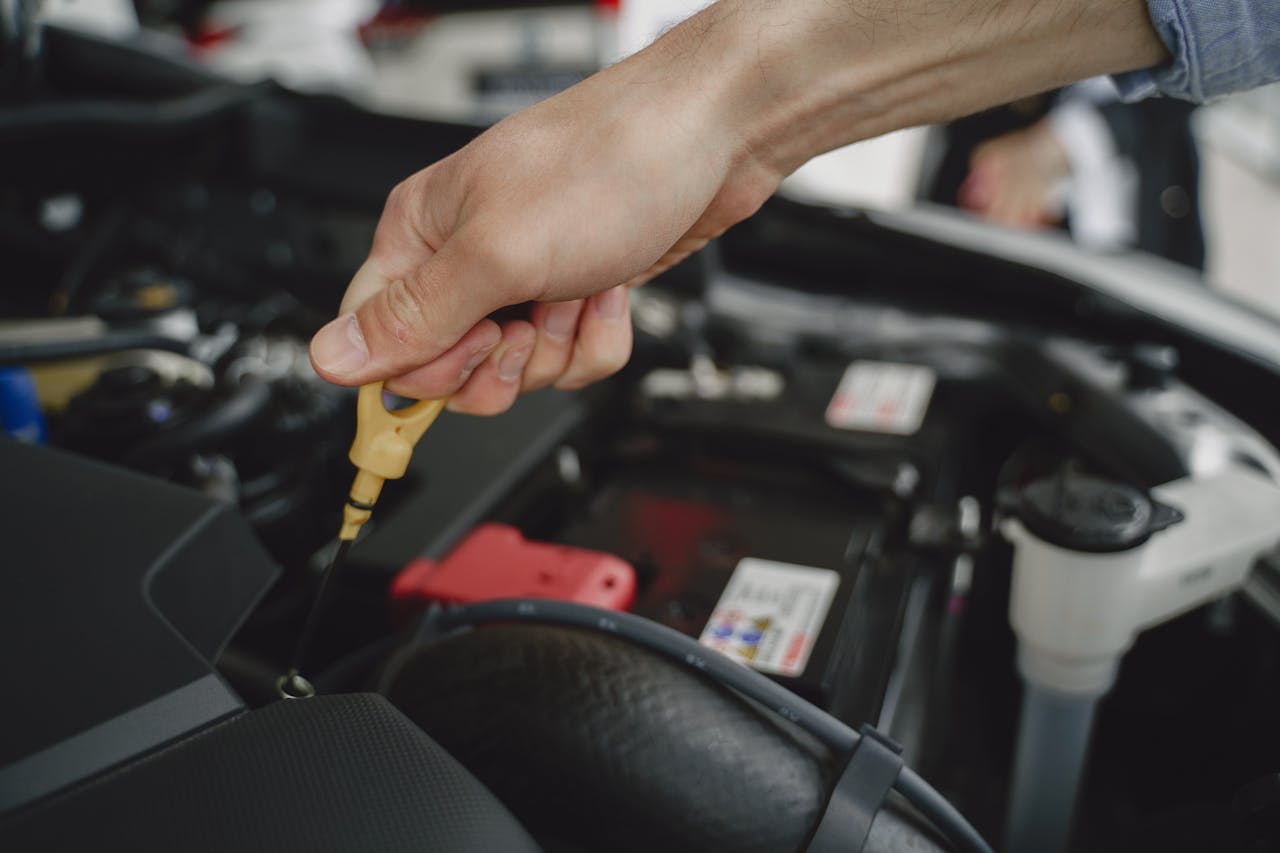When Your Driveway Starts Talking Back
You’ve probably walked outside, spotted a dark little blot under your car, and thought, “Huh. That wasn’t there last week”. Maybe you wiped it up, maybe you ignored it, or maybe you made the classic mistake of sniffing it like some kind of driveway sommelier. But here you are now, wondering whether that weekly drip is just a harmless quirk or your engine’s cry for help. Spoiler: your engine never cries for fun.
The Truth About Tiny Leaks
A small oil drip might not look dramatic, but it’s never something your car does “just because”. Engines are sealed systems, and when oil gets out, something has changed. Sometimes that “something” is cheap and easy to fix, and sometimes it’s the kind of problem that quietly drains your wallet one repair bill at a time.
Where Oil Leaks Usually Begin
Oil can escape from several places—gaskets, seals, the oil pan, the valve cover, or even the drain plug. Any one of these can loosen, harden, crack, or get gummed up with sludge. When that happens, oil finds the nearest escape route.
How Poor Maintenance Paves The Way
If you’re overdue for an oil change by “a little” (meaning months), sludge begins forming inside your engine. That sludge clogs passages, increases pressure, and turns soft, flexible gaskets into crusty failures. Every skipped service quietly adds a little heat, stress, and grime until one day—surprise—you’ve adopted an unwanted oil leak.
Why Old Gaskets Have Trust Issues
Gaskets are meant to create a tight seal, but they don’t last forever. Over time, heat cycles, vibration, and general aging make them brittle. Once a gasket stops sealing properly, oil doesn’t hesitate. It squeezes out, drips down, and paints your driveway like abstract art.
 Lewis Collard, Wikimedia Commons
Lewis Collard, Wikimedia Commons
The PCV System And Pressure Problems
Your car’s PCV (positive crankcase ventilation) system helps regulate pressure inside the engine. If it gets clogged or fails, pressure builds up like a shaken soda bottle. And when pressure goes up, oil gets pushed out—past seals, past gaskets, past anything that isn’t bolted down with divine intervention.
The Oil Cooler Surprise
Some cars have an external oil cooler, which sounds fancy until one of its lines cracks. When that happens, you might see leaks around the front of the engine or notice drips after parking. These leaks can appear small at first, but they can escalate quickly because the cooler circulates pressurized oil.
When Hoses Lose Their Grip
Rubber hoses age in odd and sometimes dramatic ways. Heat, chemicals, and electrochemical breakdown can cause them to harden or crack. Once that protective hose layer starts failing, fluids—including oil—can seep or spray out. It’s the automotive version of a slow, messy breakup.
Identifying What’s Actually Leaking
Not every dark spot under your car is oil. Transmission fluid, coolant, brake fluid, and power steering fluid can all leave suspicious puddles. Oil is typically brown or amber, depending on age, and has that unmistakable oily texture. If the liquid looks red, green, or watery—congratulations, you may have more than one problem.
How To Find The Source
Start by popping the hood and scanning the engine for wet spots. Look near the valve cover, oil pan, and drain plug. If you’re feeling ambitious, wipe everything clean, drive briefly, then inspect again. Fresh oil will reveal itself quickly—it’s not shy.
Is A Small Weekly Leak Normal?
Short answer: no. A tiny leak won’t explode your engine overnight, but it’s still your engine telling you something’s wrong. Think of it like a toothache—not life-threatening at first, but ignore it long enough and you’ll meet your dentist’s entire extended family via your bills.
Why Ignoring It Can Get Ugly
Oil lubricates your engine, reduces friction, and keeps temperatures in check. When you’re losing oil, even a little at a time, the engine works harder and heats up faster. Over time, that leads to worn bearings, damaged pistons, and the kind of repairs that require both a tow truck and emotional support.
The Line Between Minor And Major
A minor leak usually leaves small, occasional drops and doesn’t drastically affect your oil level. A major leak leaves puddles, smells like burning oil, smokes under the hood, or makes your oil warning light flicker. When the leak grows, the danger grows with it—this is not one of those “just let it ride” situations.
 Quality Stock Arts, Shutterstock
Quality Stock Arts, Shutterstock
Do Repairs Always Cost A Fortune?
Sometimes the fix is almost embarrassingly simple—like tightening a drain plug or replacing an oil filter gasket. Other times, the repair is more involved, such as replacing a rear main seal or valve-cover gasket. Think of oil leaks as a spectrum, from “ten-minute fix” to “my mechanic just bought a boat”.
Should You Try Fixing It Yourself?
If the leak is coming from something accessible—like an oil filter, drain plug, or upper gasket—you might be able to handle it yourself. A basic toolkit, a replacement gasket, and a willingness to crawl under your car are usually all you need. But if the leak involves deeper engine components, you may want to leave it to someone with a lift and more patience.
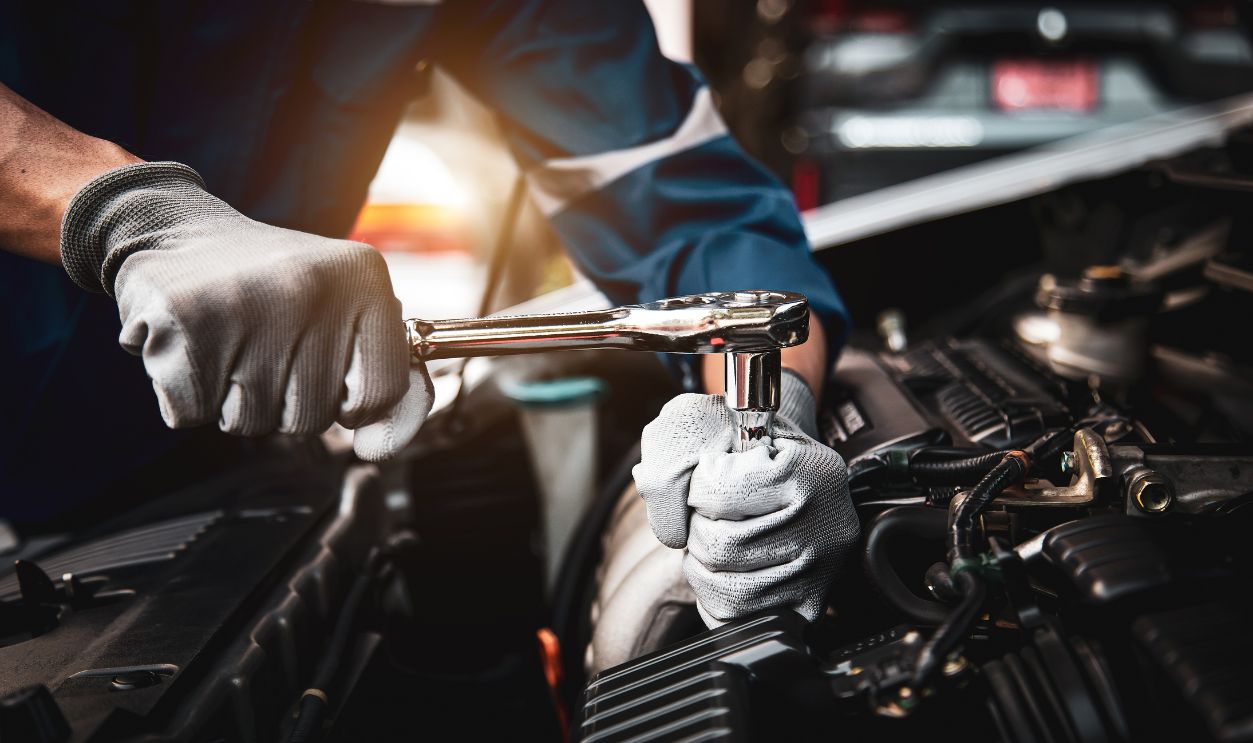 Eakrin Rasadonyindee, Shutterstock
Eakrin Rasadonyindee, Shutterstock
When It's Time For A Professional
If you can’t find the source, if the leak is coming from a hard-to-reach area, or if the puddle is getting bigger each week, it’s time to visit a mechanic. Professionals can diagnose the issue in minutes, especially since they see oil leaks more often than you see your neighbors.
Preventing Future Leaks
Regular oil changes are the best defense. Fresh oil keeps gaskets healthy and reduces sludge buildup. Also keep hoses inspected, clean your engine bay now and then, and avoid letting maintenance go “a few weeks” beyond the recommended schedule. Those few weeks have a way of becoming six months.
 ANECEPTIUS BAMBANG SUTOPO, Shutterstock
ANECEPTIUS BAMBANG SUTOPO, Shutterstock
Tracking Your Leak Like A Pro
If your car is dripping weekly, keep an eye on your oil level using the dipstick. Look underneath your car every few days to monitor new spots. If the puddle size grows, the leak has officially entered “pay attention” territory.
Can You Keep Driving It?
You can drive with a small leak for a short time, but you shouldn’t rely on hope as your long-term repair strategy. If you must drive, check your oil level frequently and keep a bottle of oil in your trunk like a nervous parent.
The Cost Of Waiting Too Long
The longer a leak goes unfixed, the faster it accelerates wear inside your engine. What starts as a $30 gasket can turn into a $3,000 repair. Oil leaks never go away on their own—they only get bolder, wetter, and more expensive.
What Your Leak Is Really Telling You
A weekly leak isn’t the end of the world, but it’s a sign your engine needs attention. Fixing it now saves money, time, and a whole lot of future stress. When your car leaks, it’s not being dramatic. It’s being honest. And honestly—this is one warning you shouldn’t ignore.
You May Also Like:
I bought a used car from a private seller and it broke down a week later. Can I get my money back?
I hit a deer last night and my bumper’s cracked. Should I report it or just pay out of pocket?
Anna Wintour’s Surprising Taste In Vintage Convertibles
Source: 1



